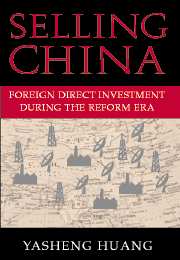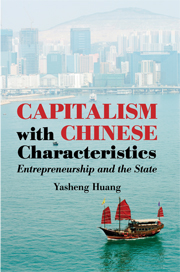A central theme in the current literature on the political economy of growth is the relationship between the government and the private sector. Governments that create the appropriate conditions for private risk taking foster capital accumulation, efficient allocation of resources, and sustained growth. Governments that arrogate “too much” economic activity to themselves risk low levels of investment, inefficiencies in the state sector, and defensive private strategies, such as capital flight and nonproductive investments.
There is substantial debate, however, on how to structure business-government relations in an optimal way, or even what dimensions of the relationship might be consequential (Maxfield and Schneider, 1997). One strand of the institutional economics literature emphasizes the importance of the government's role as a protector and enforcer of private property rights (Barzel, 1997, for an overview). Such protections, if credible, provide assurances to private agents that assets and income will not be expropriated and thus incentives for investment. A growing body of empirical literature attempts to document these claims. These studies show the role that property rights protection and other aspects of the institutional setting that support these protections, such as transparency or even democracy, might play in checking the predatory tendencies of the state (Keefer, 2004).
However, a very different body of theoretical and empirical literature identifies the key barrier to growth not in an overbearing state, but in the capture of public institutions by private actors and the introduction of various policy-induced distortions (e.g., Murphey, Schleifer, and Vishny, 1993).


